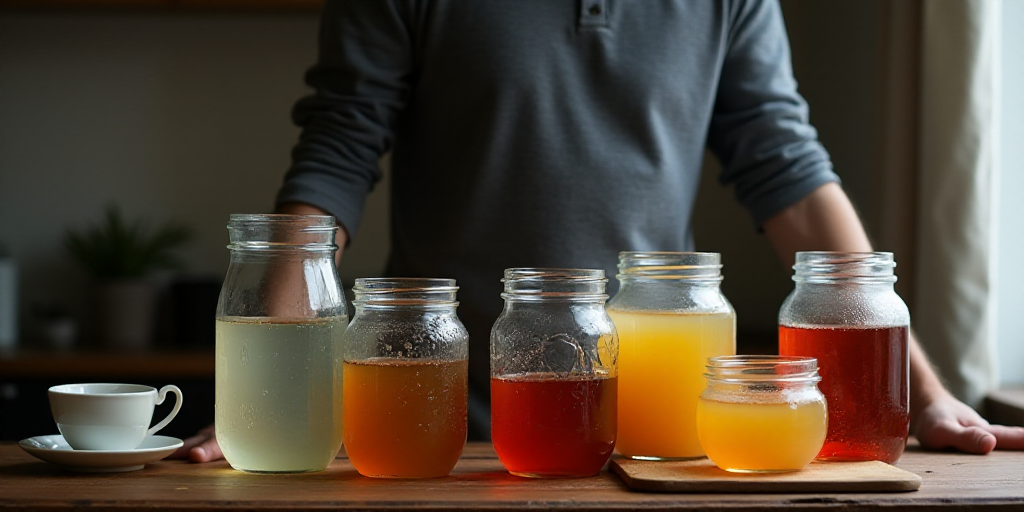The Changing Landscape of Alcohol Consumption in the United States
According to a recent Gallup survey, alcohol consumption in the United States has plummeted to 54%, marking the lowest level in nearly a century. This decline reflects a growing belief that even moderate drinking can negatively impact health, sparking a debate that transcends national borders.
A Nation Reevaluating Its Relationship with Alcohol
The United States is experiencing a potential turning point in its relationship with alcohol. The latest Gallup poll indicates that only 54% of adults report drinking, the lowest proportion since 1939 when such habits were first measured. Between 1997 and 2023, the figure remained relatively stable, exceeding 60%. Today’s dramatic drop reveals a shift in mindset not seen for decades.
A Global Shift in Perception
This shift is not occurring in isolation. The perception that even moderate drinking can be harmful has become the majority view for the first time in this survey’s history. This compelling data opens a discussion that extends beyond U.S. borders, as countries with strong drinking traditions reconsider their roles.
Health Concerns Drive the Change
The survey reveals that 53% of Americans believe that having one or two drinks daily is detrimental to health, while only 6% disagree. This stark contrast with 2018 is evident: only 28% shared this concern back then.
The shift in perception can largely be attributed to the pressure from scientific evidence, which has recently challenged the notion of “responsible consumption” as healthy. Young people are more likely to adopt this message, with two-thirds believing it’s harmful. Women are also more critical than men (60% vs. 47%). Ideological differences are visible, with Democrats and independents sharing this view more than Republicans.
Altered Drinking Habits
The data isn’t just about how many people drink, but also how they do. Among those who still consume alcohol, drinking habits have changed dramatically: only 24% had a drink in the past 24 hours, and 40% reported not having a drink for over a week—the highest since 2000.
The weekly average has dropped to 2.8 drinks, the lowest since 1996. In 2003, for example, the average was 5.1. In less than two decades, both the intensity and frequency of consumption have clearly decreased.
In terms of preferences, beer remains the most popular drink, though with a marked gender divide: men choose it 52%, while women prefer wine at 44%. Spirits remain stable, with no significant gender differences. The picture is clear: they drink less, less frequently, and differently depending on age and gender.
The Unraveling of the “Healthy Red Wine” Myth
For decades, red wine carried the reputation of being a “heart’s ally.” A daily glass became a symbol of balance and guilt-free pleasure. However, accumulating medical evidence in recent years has debunked this narrative: no level of consumption is entirely safe.
Younger Americans seem to have grasped this idea before older adults, but the shift no longer distinguishes age groups: the belief that even a daily drink is harmful is advancing across all demographics. Although the survey measures perceptions only in the U.S., the cultural impact is felt wherever toasting is a tradition.
The Future of Alcohol
After three consecutive years of decline, Gallup records a change that could have long-term implications. The comparison to cigarettes in the 1960s is not far-fetched: a single surgeon general’s warning initiated an unstoppable decline in cigarette consumption.
Today, alcohol faces a similar crossroads. If medical professionals, health authorities, and media continue to emphasize that “no amount is safe,” the downward trend could solidify. For the industry, the challenge is significant: it’s no longer about selling less but catering to more conscious consumers, particularly young people rejecting inherited discourses.
The Global Ripple Effect
After three years of continuous decline, Gallup’s findings suggest a shift with potential long-term consequences. The comparison to cigarettes in the 1960s isn’t far-fetched: a single surgeon general’s warning initiated an unstoppable decline in cigarette consumption.
Today, alcohol faces a similar crossroads. If medical professionals, health authorities, and media continue to emphasize that “no amount is safe,” the downward trend could solidify. For the industry, the challenge is significant: it’s no longer about selling less but catering to more conscious consumers, particularly young people rejecting inherited discourses.
The big question is whether this change will remain a temporary phenomenon or eventually affect other countries where tequila, beer, or wine are integral to cultural identity.






